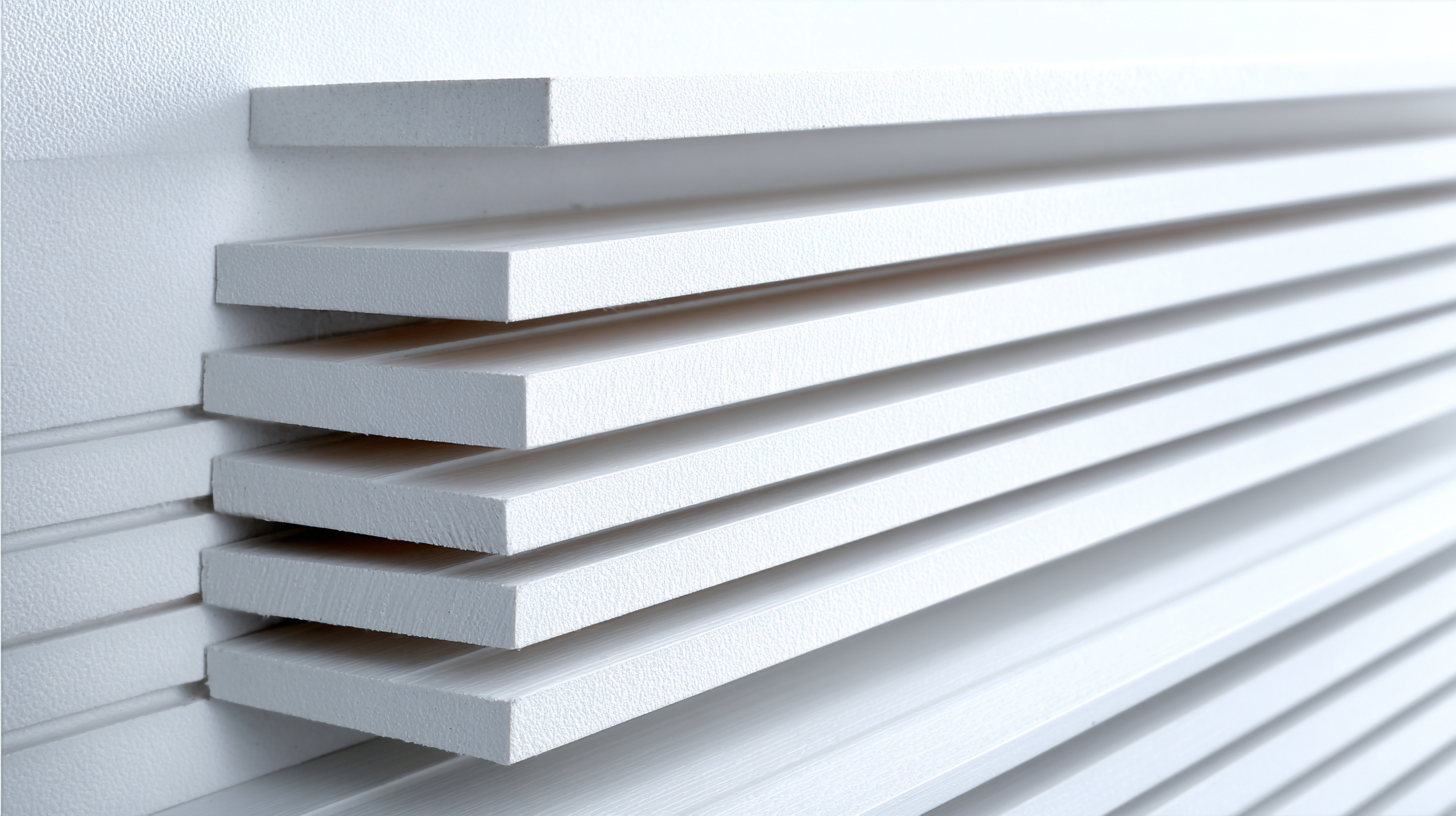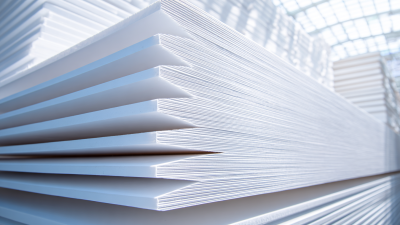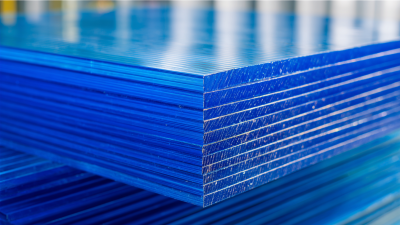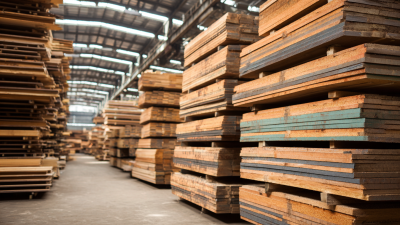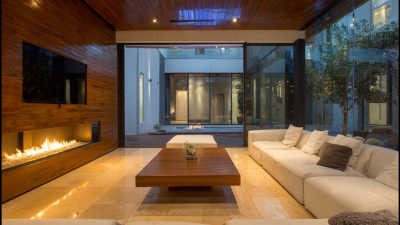Leave Your Message
-
Facebook
-
Whatsapp
-
Whatsapp


When it comes to enhancing the aesthetic appeal and durability of your property, choosing the right Plastic Cladding Sheets is crucial. With a myriad of options available in the market, it can be overwhelming to navigate the selection process. From understanding the various materials and finishes to considering factors like insulation properties and environmental impact, making an informed decision is essential for ensuring you get the best value for your investment. In this blog post, we will explore five essential tips that will guide you in selecting the most suitable Plastic Cladding Sheets for your specific needs. Whether you are renovating an existing space or building a new structure, these insights will help you achieve the perfect balance of style, functionality, and sustainability.
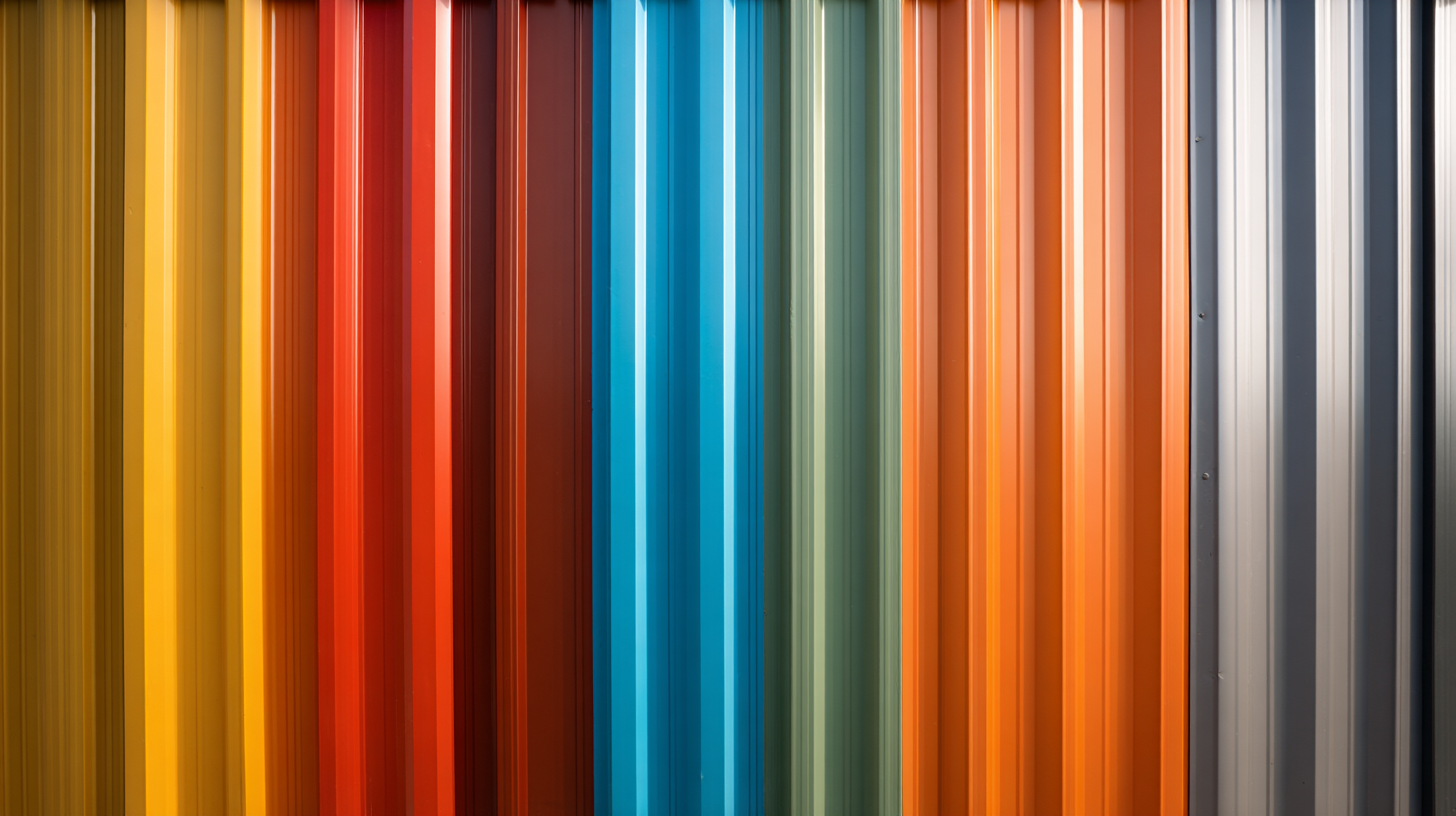
When selecting plastic cladding sheets, there are several critical factors to consider to ensure safety, durability, and aesthetic appeal. First and foremost, it's essential to evaluate the fire resistance of the materials. Given recent insights from the ongoing inquiry into the Grenfell Tower refurbishment, the choice of cladding can have serious implications for safety. Look for sheets that comply with the latest fire safety regulations and have been tested for their performance in case of a fire.
Another significant factor is the environmental sustainability of the cladding materials. Consider using sheets that are recyclable and produced through eco-friendly processes. This not only contributes to reducing your carbon footprint but also ensures that your building practices align with contemporary environmental standards. Additionally, durability should be assessed—opt for materials that can withstand harsh weather conditions and are easy to maintain over time. By focusing on these essential elements, you can select plastic cladding sheets that will provide both functionality and peace of mind.
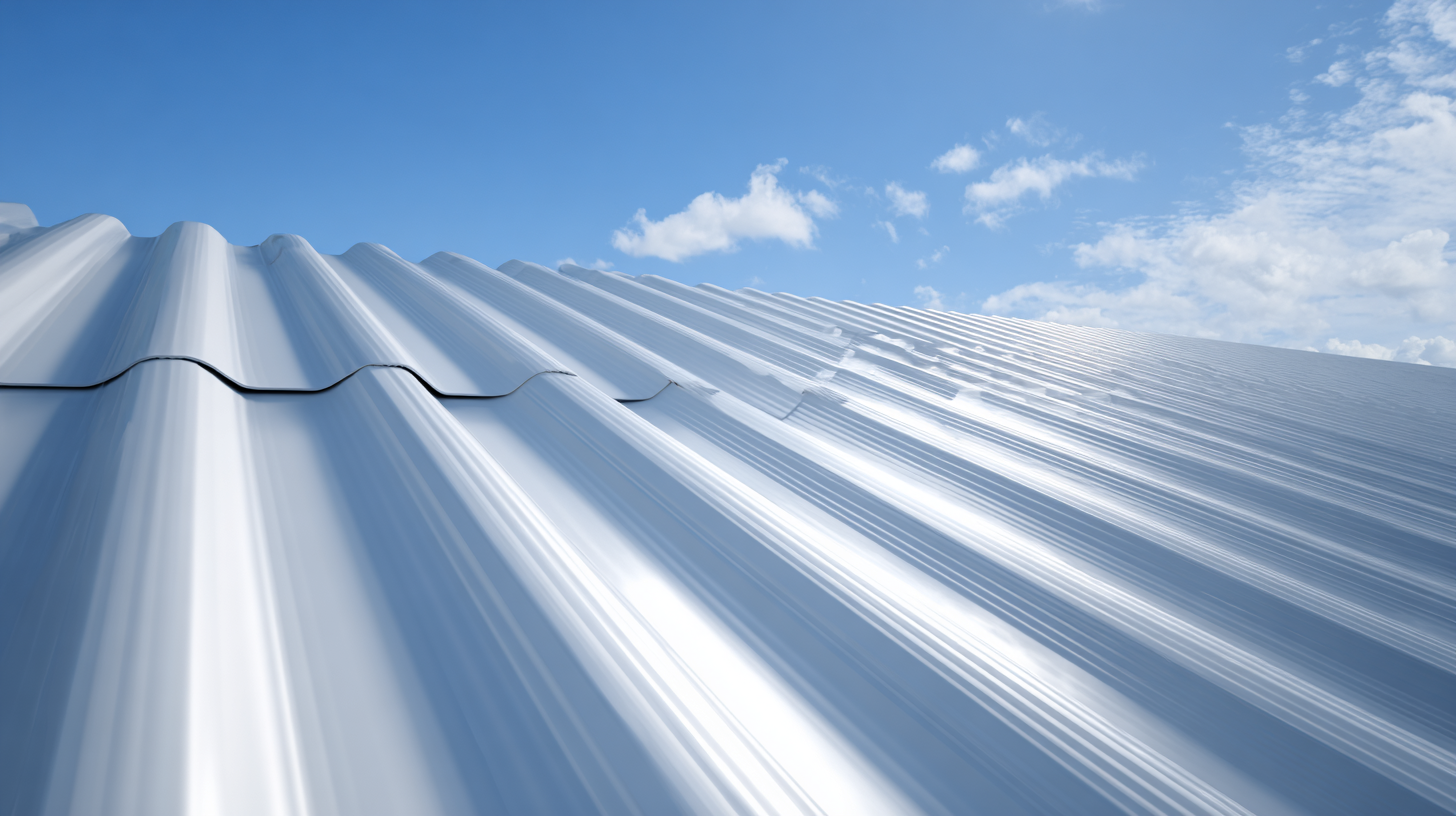
When selecting the right plastic cladding materials, it is essential to understand the various types available in the market. One notable trend is the increasing popularity of bioplastic wall panels, which are crafted from organic and plant-based wastes. Studies have demonstrated that these bioplastic panels not only provide excellent thermal insulation but also enhance acoustic comfort within interior spaces. This reflects a growing interest in sustainable building practices, with the market for recycled plastic construction materials in China projected to exceed USD 1.08 billion in 2024 and expected to grow at a robust CAGR of 9.1% from 2025 to 2034.
In addition to innovative bioplastic options, the Wood-Plastic Composite (WPC) market is also expanding, driven by demand for versatile and aesthetically pleasing solutions. WPC cladding offers the advantage of being thermally reshaped to meet unique design needs, enhancing both functionality and appearance. However, it is crucial to navigate the regulations surrounding cladding materials, particularly in light of recent changes that ban combustible materials, including certain plastic and timber alternatives, on medium-rise buildings. Builders and architects must stay informed about these regulations to ensure compliance and safety in their projects.
When selecting plastic cladding sheets, balancing durability and aesthetics is crucial. While aesthetics can significantly impact the exterior appearance of a building or structure, durability ensures that the cladding can withstand environmental stresses over time. Buyers must consider the conditions the material will face, such as UV exposure, weather fluctuations, and physical wear. Durable materials like polycarbonate or fiberglass reinforced options excel in harsh conditions, offering longevity without compromising on style.
On the other hand, the visual appeal of cladding sheets cannot be overlooked. With an array of colors, textures, and finishes available, the right choice can enhance the architectural beauty of any project. Innovations in plastic technology have even led to products that mimic natural materials like wood or stone, allowing for a stunning aesthetic while maintaining the practical benefits of plastic. Therefore, it's essential to evaluate not just the immediate visual impact but also how the chosen material will age and maintain its appeal over time. This synergy between durability and aesthetics will ultimately promote a successful and sustainable design.
When considering plastic cladding sheets for your project, the cost-effectiveness of your choices plays a critical role in achieving quality and durability. Selecting the right material can significantly impact your budget without sacrificing aesthetics or longevity. A thorough understanding of the various options available on the market helps in making informed decisions. For instance, polycarbonate and PVC are popular choices that offer excellent resistance to weather conditions and UV exposure, making them ideal for both residential and commercial applications.
Moreover, it's essential to weigh the initial costs against maintenance expenses over time. Some plastic cladding solutions may be cheaper upfront but could require more frequent replacements or repairs, thereby increasing overall costs. Investing in higher-quality products that promise longevity can save you money in the long run. Look for manufacturers that provide warranties and guarantees to ensure you’re making a smart investment. By balancing immediate financial considerations with long-term benefits, you can choose cladding sheets that not only fit your budget but also enhance the value of your property.
| Tip | Description | Cost-Effective Consideration | Durability Rating | Ideal Applications |
|---|---|---|---|---|
| 1. Assess Material Options | Consider different types of plastic, such as PVC, Polycarbonate, and Acrylic. | PVC is often the most cost-effective choice. | Good | Residential and commercial buildings. |
| 2. Check UV Resistance | Ensure the cladding has UV protection to prevent fading and degradation. | Higher initial cost but saves maintenance costs long-term. | Excellent | Outdoor applications, siding. |
| 3. Evaluate Insulation Properties | Look for cladding that enhances thermal insulation. | Improves energy efficiency, reducing heating and cooling costs. | Good | Ideal for energy-efficient buildings. |
| 4. Choose Suitable Thickness | Determine the right thickness based on application and durability needs. | Thicker sheets often provide better long-term value. | Excellent | High-traffic areas. |
| 5. Review Warranty and Support | Check if the product comes with a warranty and support options. | A good warranty can be a safeguard for your investment. | Varies | Long-term projects and installations. |
When it comes to selecting plastic cladding sheets, sustainability has emerged as a paramount consideration. The current trend in sustainable building materials emphasizes the importance of high-performance building envelopes that contribute to energy efficiency and environmental stewardship. According to recent studies, such as those assessing advancements in building materials, innovative production technologies are paving the way for more sustainable options, including the use of recycled plastics in cladding. These materials not only reduce waste but also enhance the overall performance of building envelopes, aligning with the goals of many sustainability programs.
Moreover, the growing popularity of Exterior Insulation and Finish Systems (EIFS) highlights the commitment to integrating sustainable practices in construction. These systems leverage technological innovations that not only meet but exceed performance expectations while addressing environmental impacts. As the industry moves towards zero waste solutions, composite cladding materials present a promising avenue, demonstrating that modern architecture can be both aesthetically pleasing and eco-friendly. By factoring in these sustainability considerations, architects and builders can make informed decisions that resonate with the latest standards in sustainable design.
